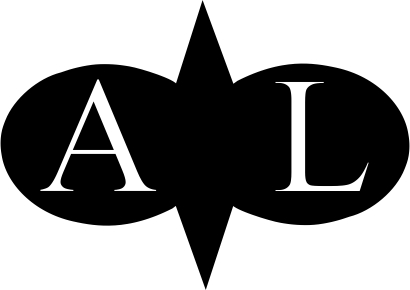I sometimes get asked about hallmarking, so I thought I’d do a short post to help people understand what it’s all about and how hallmarks can help the buyer. In a nutshell, a UK hallmark is a series of marks struck or laser engraved into an item of precious metal after it has been tested (assayed). The marks indicate, who made the item, what metal is used and how fine is it, where it was tested and what year it was hallmarked (see below for an example).
A (very) Brief History *:
 Hallmarking in the UK has existed in some form since the early 13th century when Henry III recognised a need for standardising the fineness of gold and silver as a way to prevent fraud. In 1300 “Guardians of the Craft” in London were empowered by Edward I to go from shop to shop to test (assay) the fineness of gold and silver and to mark it with the Leopard’s head. This mark is still used today for any items assayed in London. Since then three other cities have become centre’s of assaying; Birmingham (Anchor), Sheffield (Tudor Rose) and Edinburgh (Castle).
Hallmarking in the UK has existed in some form since the early 13th century when Henry III recognised a need for standardising the fineness of gold and silver as a way to prevent fraud. In 1300 “Guardians of the Craft” in London were empowered by Edward I to go from shop to shop to test (assay) the fineness of gold and silver and to mark it with the Leopard’s head. This mark is still used today for any items assayed in London. Since then three other cities have become centre’s of assaying; Birmingham (Anchor), Sheffield (Tudor Rose) and Edinburgh (Castle).

Over the last 700 years the laws around assaying and hallmarking have been refined and standardised to include a Sponsor’s mark (allows any item to be traced back to the maker) and various marks to represent the type and fineness of metals.
As of 1973, it is required that all items made with precious metals (silver, palladium, gold, platinum) above a certain weight limit* must be hallmarked in order to sell/describe them as gold, silver, palladium or platinum.
If you are buying an item made from precious metals, this is your guarantee that what you are buying is genuine. If in doubt, you should always feel free to ask if it is hallmarked.
The UK Hallmarking Act (1973) states that it is an offence for any person, in the course of trade or business, to describe an un-hallmarked article as being wholly or partly made of precious metal(s) or to supply un-hallmarked articles to which such a description is applied.
A very Cheeky Monkey:
I recently saw items listed on a popular auction site (yes, that one) that described a solid 9ct gold bracelet in the title. I was surprised to see how cheaply it was listed for and upon closer reading of the description noticed that they had also included “gf” in the listing – gold-filled – not solid gold. Gold-filled has no more than 1/20th gold content (5%)! So what seemed cheap was actually quite expensive. The seller was being a little bit more than cheeky!
So in sum, a hallmark is your guarantee of the genuineness of the item you wish to buy. It helps you make an informed decision, rather than relying solely on the word of the seller. This is not to say all sellers are out to fool you, some may not know, and in some cases hallmarks are not required by law because they don’t meet the weight thresholds*. But at least you can ask and be an informed buyer.
And finally, in case you were wondering, all of my jewellery is hallmarked under the guidelines of the UK Hallmarking Act. That’s my personal Sponsor’s mark up above. So you can always be assured of the quality of my materials.
If you want to learn a little more about hallmarking in the UK. The Birmingham Assay Office has a free taster course available online here.
Thanks for visiting!

*More history can be found on the London Assay Office website here
* Items that weigh above these weight restrictions must be hallmarked to comply with UK Law – Silver 7.78g, Gold 1g, Palladium 1g, Platinum .5g